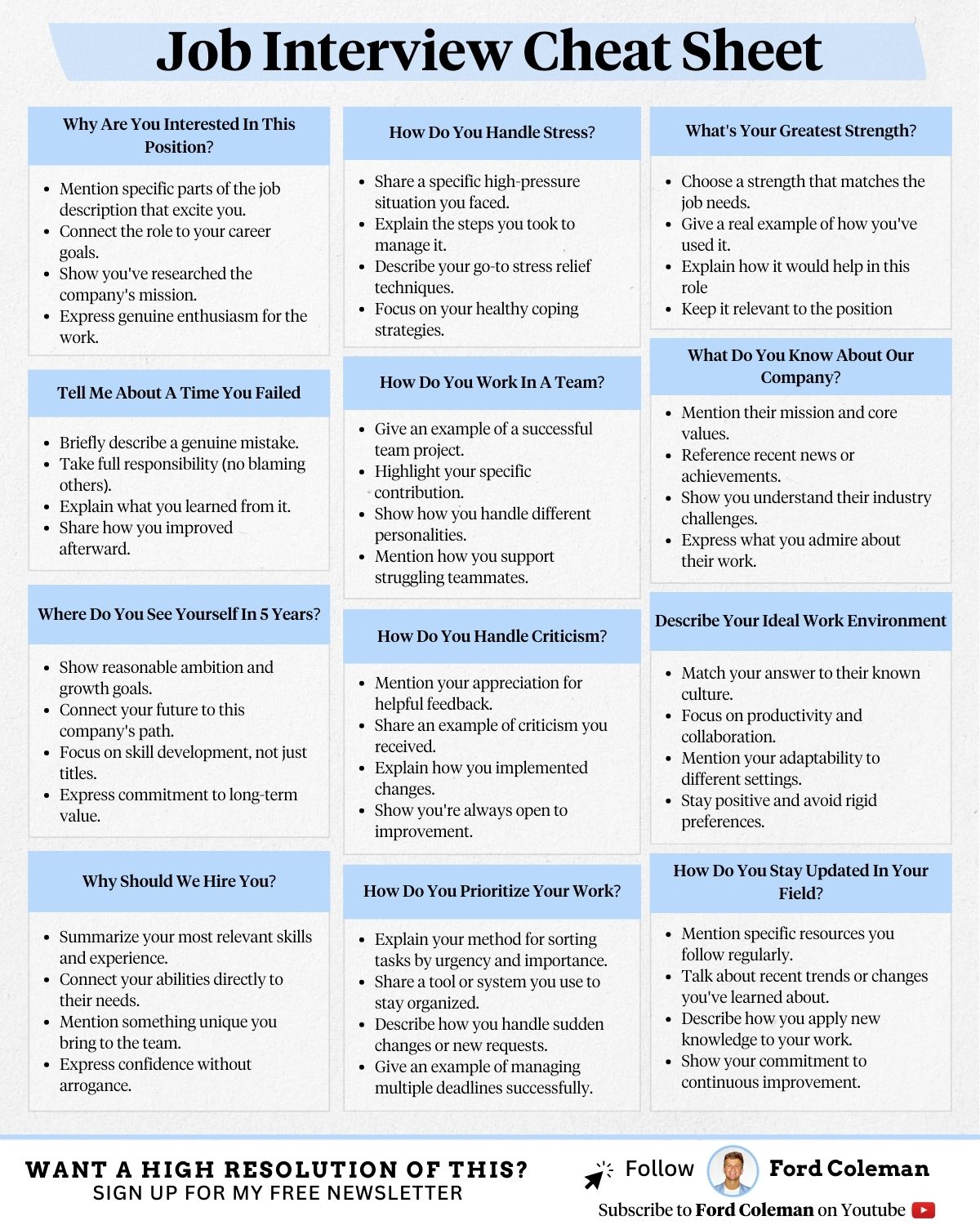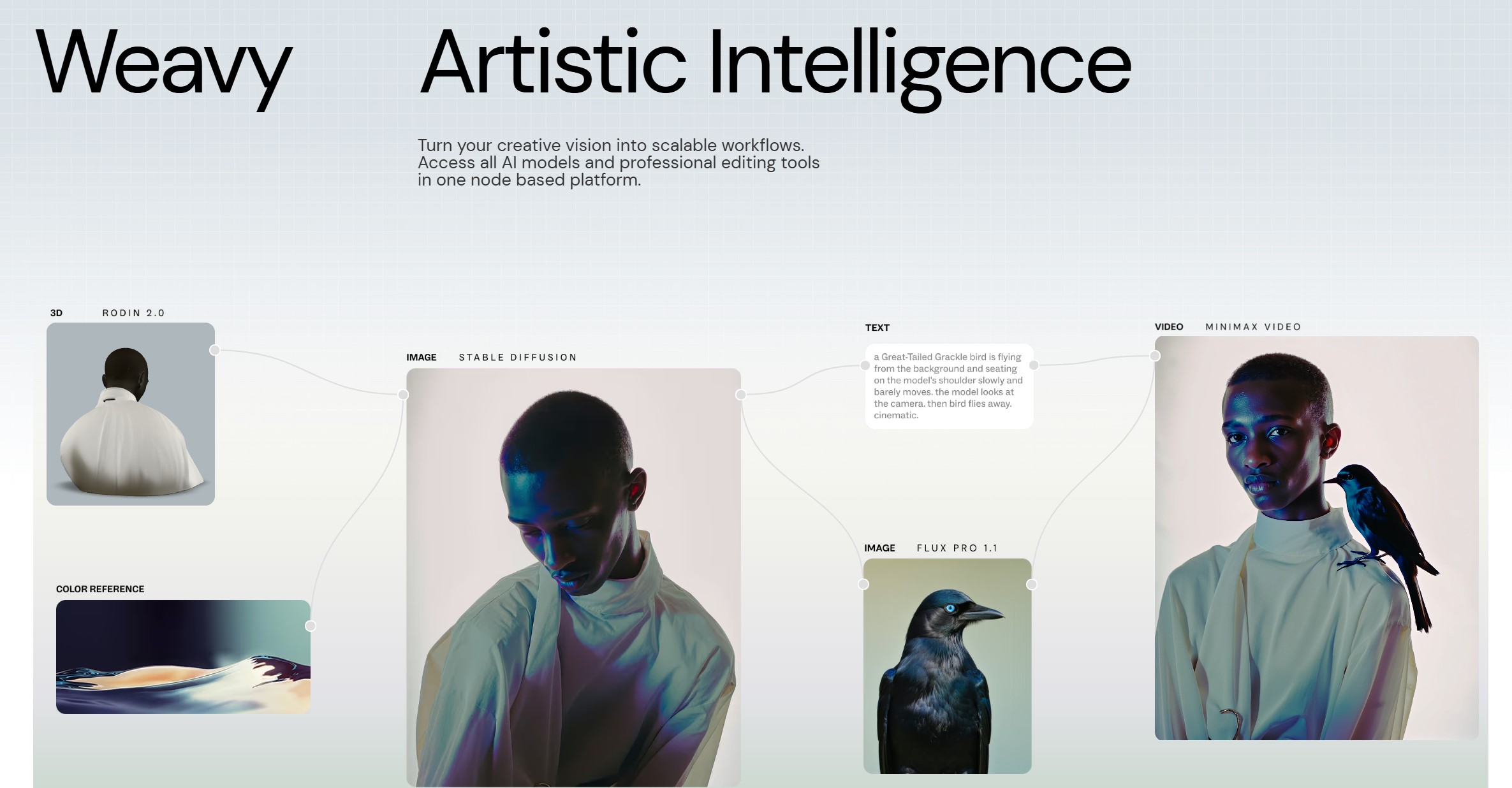BREAKING NEWS
LATEST POSTS
-
AI and the Law – Disney, NBCU sue Midjourney over copyright infringement
https://www.axios.com/2025/06/11/disney-nbcu-midjourney-copyright
Why it matters: It’s the first legal action that major Hollywood studios have taken against a generative AI company.
The complaint, filed in a U.S. District Court in central California, accuses Midjourney of both direct and secondary copyright infringement by using the studios’ intellectual property to train their large language model and by displaying AI-generated images of their copyrighted characters.
-
ComfyRun – A fully open source and self-hosted solution to run your ComfyUI workflows at blazing fast speeds on cloud GPUs
https://github.com/punitda/ComfyRun
Best suited for individuals who want to
- Run complex workflows in seconds on the powerful GPUs like A10G, A100, and H100
- Experiment with any workflows you find across web without worrying about breaking your local ComfyUI environment
- Edit workflows on the go
-
Python Windows environment requirements vs apps and custom venv installs

Think of Python like a big toolkit of tools (the interpreter and all its libraries). On Windows, you need to install that toolkit in one place so the operating system knows “Here’s where Python lives.” Once that’s in place, each application can make its own little copy of the toolkit (a venv) to keep its dependencies separate. Here’s why this setup is necessary:
(more…) -
Google Stitch – Transform ideas into UI designs for mobile and web applications
https://stitch.withgoogle.com/
Stitch is available for free of charge with certain usage limits. Each user receives a monthly allowance of 350 generations using Flash mode and 50 generations using Experimental mode. Please note that these limits are subject to change.
-
Runway Partners with AMC Networks Across Marketing and TV Development
https://runwayml.com/news/runway-amc-partnership
Runway and AMC Networks, the international entertainment company known for popular and award-winning titles including MAD MEN, BREAKING BAD, BETTER CALL SAUL, THE WALKING DEAD and ANNE RICE’S INTERVIEW WITH THE VAMPIRE, are partnering to incorporate Runway’s AI models and tools in AMC Networks’ marketing and TV development processes.

FEATURED POSTS
-
AI and the Law – This Vox article is OpenAI training data – How AI is holding the internet hostage and media is no exception
- Pros of AI Chatbots:
- Efficiency and Accessibility: AI chatbots can handle a large volume of queries simultaneously, providing quick and consistent responses, which is beneficial for customer service and support.
- 24/7 Availability: Unlike human operators, chatbots are available around the clock, ensuring that users can get assistance at any time.
- Cost-Effective: Implementing chatbots can reduce operational costs for businesses by minimizing the need for large customer service teams.
- Personalization and Scalability: Advanced AI can offer personalized responses and scale effortlessly to meet demand.
- Cons of AI Chatbots:
- Bias and Misinformation: AI chatbots can inadvertently propagate biases present in their training data, leading to inaccurate or offensive responses.
- Lack of Human Touch: Chatbots may struggle to understand and respond appropriately to nuanced human emotions and complex queries, potentially frustrating users.
- Technical Limitations: While AI is advancing, chatbots can still make errors and provide incorrect information, which can undermine user trust.
- Environmental Impact: Training and running large AI models consume significant energy, contributing to carbon emissions and environmental concerns.
The deployment of AI chatbots raises significant ethical concerns. Biases in training data can lead to the generation of skewed or harmful content, posing risks to users and undermining trust in AI systems. Additionally, the potential misuse of AI chatbots for spreading misinformation and the environmental impact of training large AI models are critical issues that require attention.
The trajectory of AI chatbot development points towards increasingly sophisticated and generalized AI capabilities. As research progresses towards Artificial General Intelligence (AGI), the potential applications of AI chatbots are expected to expand further, encompassing more complex and nuanced tasks. However, achieving AGI will require addressing current ethical and technical challenges to ensure the responsible development and deployment of AI technologies.

- Pros of AI Chatbots:
-
AnimationXpress.com interviews Daniele Tosti for TheCgCareer.com channel

You’ve been in the VFX Industry for over a decade. Tell us about your journey.
It all started with my older brother giving me a Commodore64 personal computer as a gift back in the late 80′. I realised then I could create something directly from my imagination using this new digital media format. And, eventually, make a living in the process.
That led me to start my professional career in 1990. From live TV to games to animation. All the way to live action VFX in the recent years.I really never stopped to crave to create art since those early days. And I have been incredibly fortunate to work with really great talent along the way, which made my journey so much more effective.
What inspired you to pursue VFX as a career?
An incredible combination of opportunities, really. The opportunity to express myself as an artist and earn money in the process. The opportunity to learn about how the world around us works and how best solve problems. The opportunity to share my time with other talented people with similar passions. The opportunity to grow and adapt to new challenges. The opportunity to develop something that was never done before. A perfect storm of creativity that fed my continuous curiosity about life and genuinely drove my inspiration.
Tell us about the projects you’ve particularly enjoyed working on in your career
(more…)
-
GretagMacbeth Color Checker Numeric Values and Middle Gray
The human eye perceives half scene brightness not as the linear 50% of the present energy (linear nature values) but as 18% of the overall brightness. We are biased to perceive more information in the dark and contrast areas. A Macbeth chart helps with calibrating back into a photographic capture into this “human perspective” of the world.
https://en.wikipedia.org/wiki/Middle_gray
In photography, painting, and other visual arts, middle gray or middle grey is a tone that is perceptually about halfway between black and white on a lightness scale in photography and printing, it is typically defined as 18% reflectance in visible light

Light meters, cameras, and pictures are often calibrated using an 18% gray card[4][5][6] or a color reference card such as a ColorChecker. On the assumption that 18% is similar to the average reflectance of a scene, a grey card can be used to estimate the required exposure of the film.
https://en.wikipedia.org/wiki/ColorChecker
(more…)






